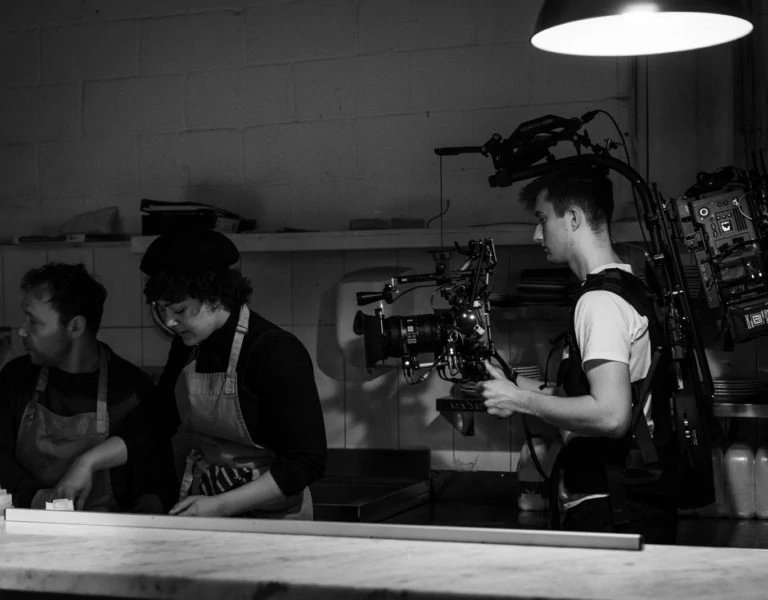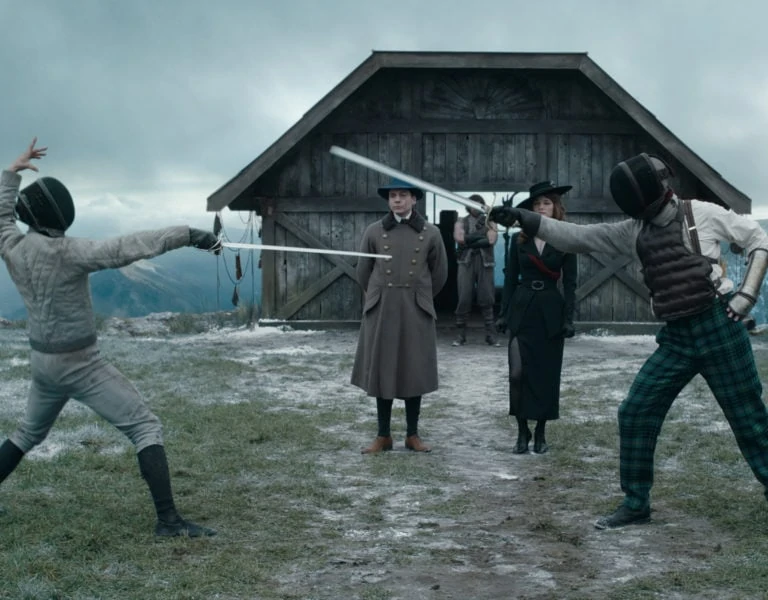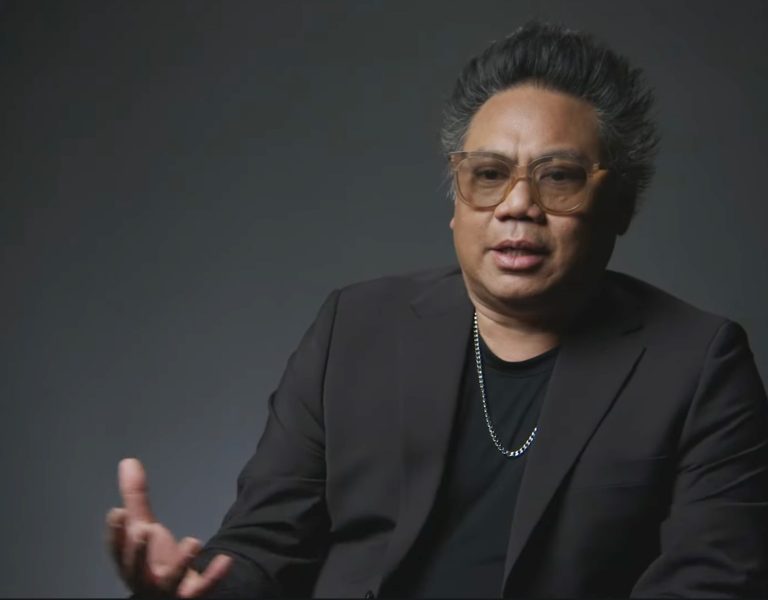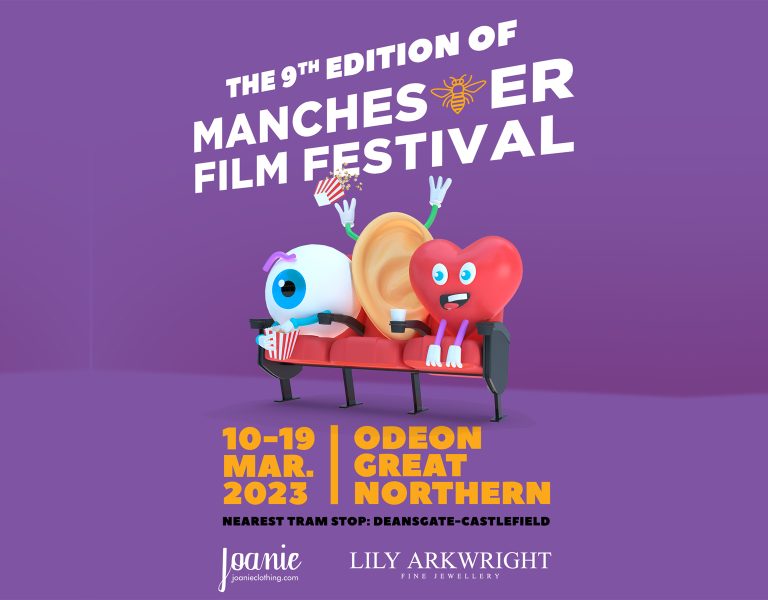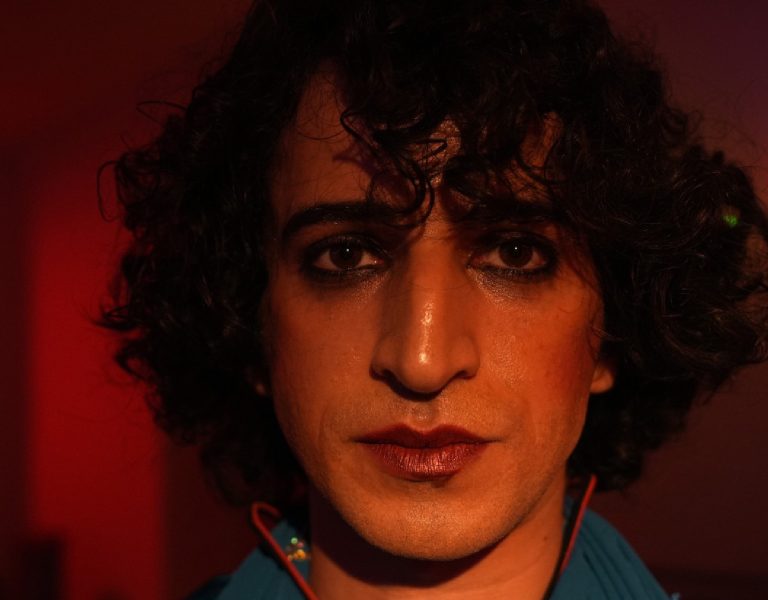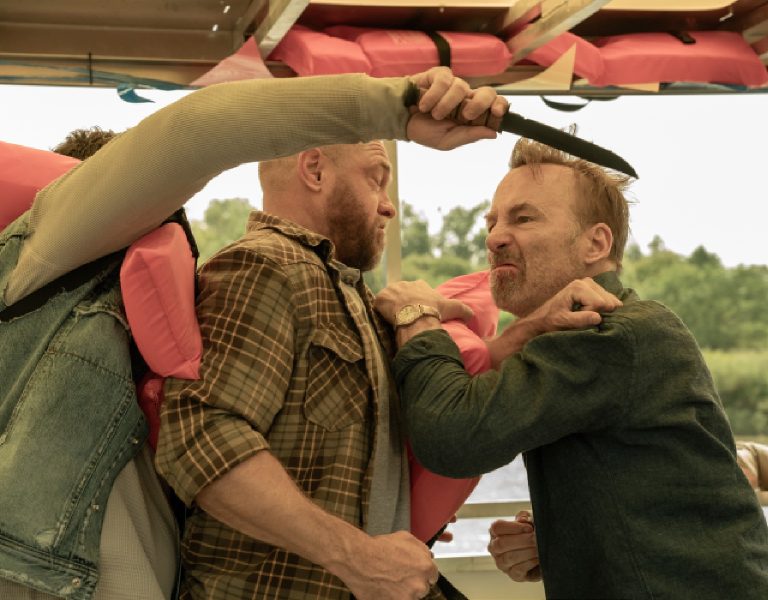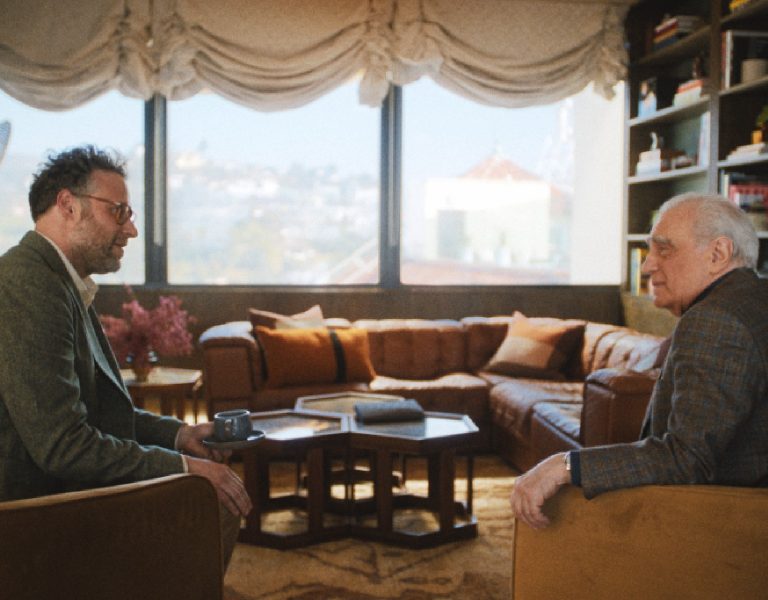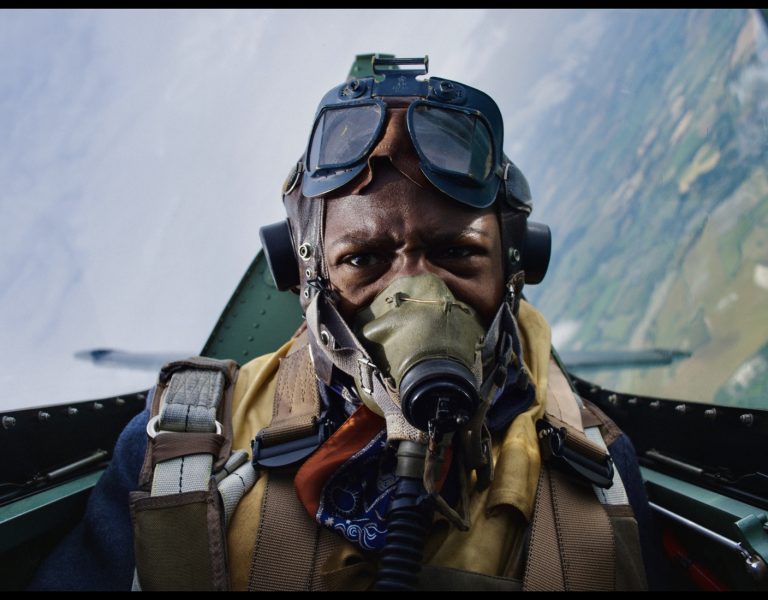Visual feast
Cinematographer Matthew Lewis cooks up a storm in Boiling Point’s small-screen adaptation, which shifts from its predecessor’s one-shot approach.
2021’s Boiling Point successfully mixed two distinct movie genres: The meal-as-revelation film, which includes such wide-ranging fare as Big Night, Ratatouille, and perhaps even The Cook, The Thief, His Wife and Her Lover, along with the “single shot story”, which ranges even farther, from movies like Rope to Russian Ark to Birdman.
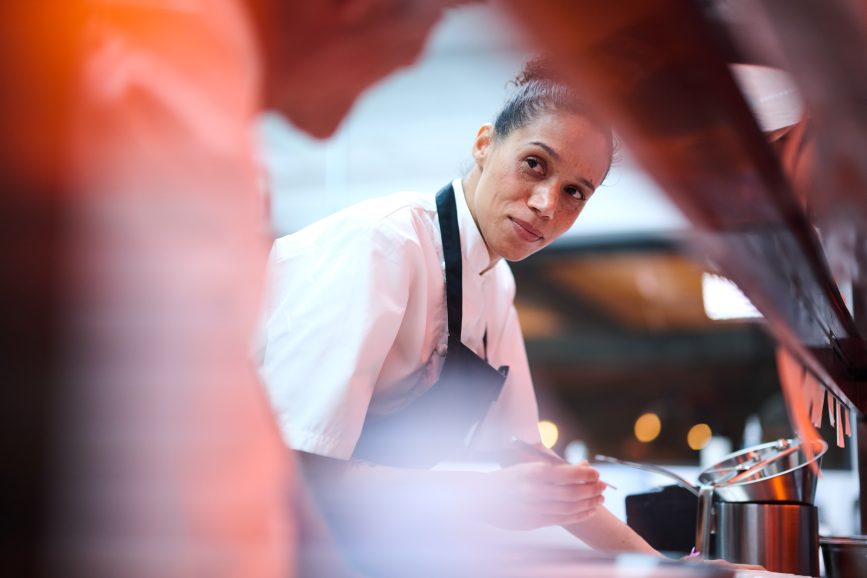
Some of the renowned films in the “single take hall of fame” were finessed to merely look that way through skilful editing, but Boiling Point is in that rarer subset of having actually been done in a single take, replete with planned movements for crew members, sound operators, cables and lights – sometimes planting costumed crew in with the rest of the actors – as cinematographer Matthew Lewis worked on how to pull it all off, along with director and co-writer Philip Barantini. As it turned out, they managed three different takes – one of which became the finished film – before shutdown.
But now, phoenix-like, the film finds itself on BBC One, reinvented, in the manner of new twists on a favourite cuisine, as a television series, created by Barantini’s original co-writer, James Cummings, with Barantini helming a share of the episodes, and Lewis once again behind the camera. Vinette Robinson’s head chef Carly oversees an establishment of her own, after serving as second-in-command to Stephen Graham’s Andy Jones, who was practically an eponymous character, given his own inexorable “boiling point” in the original.
The series, however, opens with a tracking shot prologue in the new establishment, and we asked Lewis if that was meant to serve as a “transition” from film to series, with the latter using a more familiar vocabulary of cuts, discrete scenes, and settings.
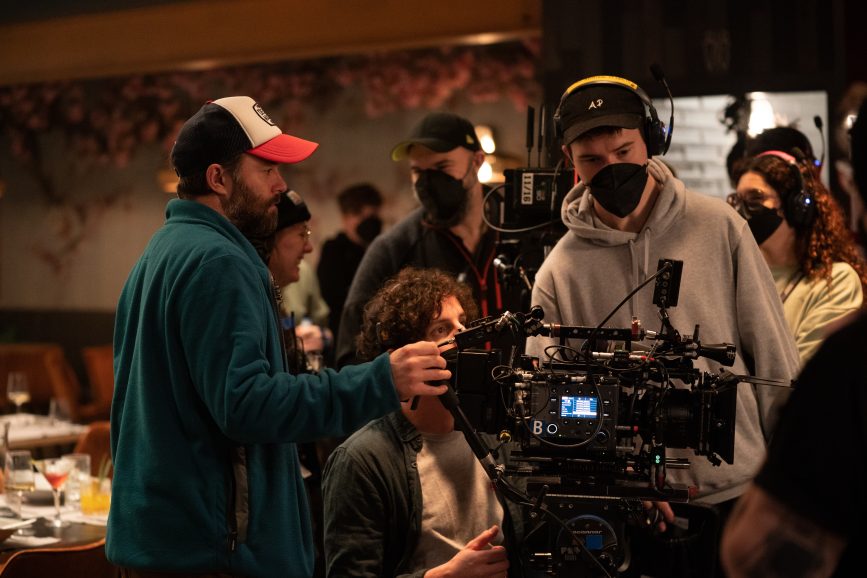
He says that while it was clear “in some of the very first discussions with Philip and our executive producer team […] that in order for us to delve deeper into our characters’ lives, we wanted to hop between locations and into moments more freely than a one shot could afford,” that opening tracking shot would serve as an “homage” to the film, as well as a “smart way of getting to know our ensemble and the space, while also building some of that familiar unease that an unbroken camera move can create.”
However, while the idea of doing entire single episodes as “oners” was ruled out early on, Lewis was still “given a lot of creative freedom when designing the rest of the visual language of the show. It was super exciting to be able to delve into each character’s troubles and victories and offer some intimacy that wasn’t possible before,” while still using some of the now-trademark Boiling Point style and “weaving the one-shot element into each episode, not only to heighten some high drama moments but to give space for incredibly heart wrenching performances from our cast.”
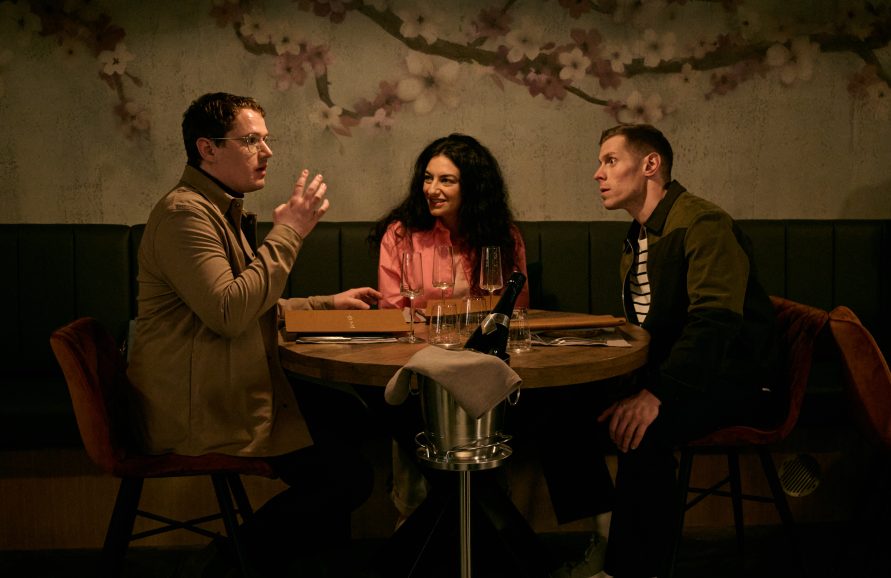
Lewis also felt more control of the actual space used for the series, which had bespoke sets, in contrast to the actual restaurant where the original was shot. “Unlike the feature film where 80% of our lighting package consisted of practical bulbs and just working with what we had on location,” he says, “we had so much more control and freedom as we were designing the set from the ground up. We could build in sources of light that would allow us to move fast and be flexible in the restaurant space which made us really efficient. It was the same story in the kitchen where we had what looked like standard ceiling tiles in the ceiling but were able to control the white balance and intensity individually which made turning around in that space as quick as a few taps on [gaffer Max Hodgkinson’s] iPad.”
Since the feature, they’ve also moved up to a Sony Venice 2. “After extensive testing I settled on [Tribe7’s] Blackwing7 lenses and almost always an 1/8 Pro-Mist [Tiffen filter] up front in the restaurant just to give us a little glow around our harder sources of light and a subtle intensity to areas like the heat lamp under the pass or the practicals over the bar. I didn’t want to change the look of the show too much. I felt the Blackwing7s looked so stunning in close-ups and flared so gently in situations other lenses would be throwing a fit, I fell in love. A perfect balance between realism, intimacy and super easy to work with.”
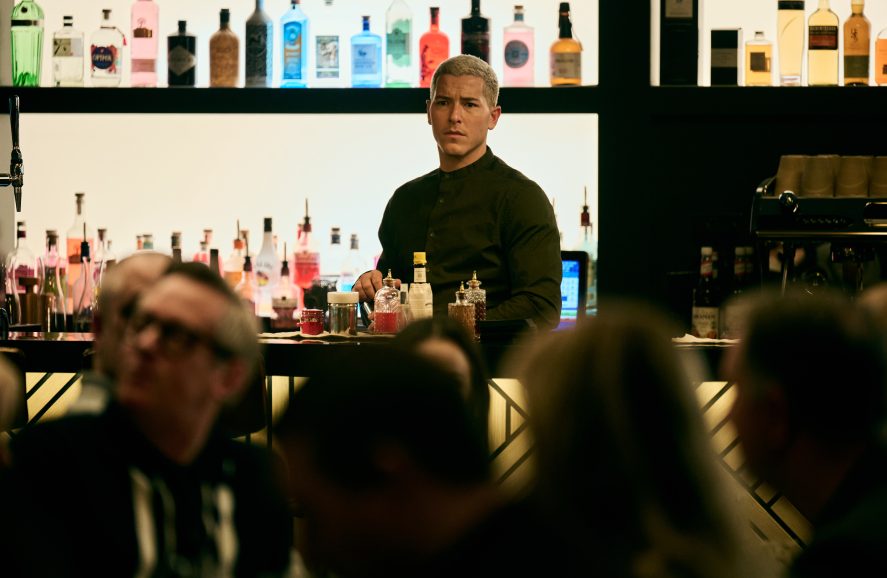
So, with the custom sets, and the ability to yell “cut” and change set-ups, is the TV series actually, counterintuitively, a less strenuous shoot than the feature was?
“I would never call shooting on a TV schedule leisurely,” Lewis says, “but we didn’t have many days where we had to experience the sheer pressure we had on us from the feature film. […] The trouble is also that the goalposts just shift and your aims get loftier so instead you are tracking multiple characters’ journeys and trying to make each one as special as the next. Boiling Point is also, to some degree, our baby. So that comes with pressure and responsibility to tell the story right.”
Stepping in on episodes three and four to help tell that story was director Mounia Akl. “She brought a great energy to the show and a different perspective which was incredible to watch and be a part of.”
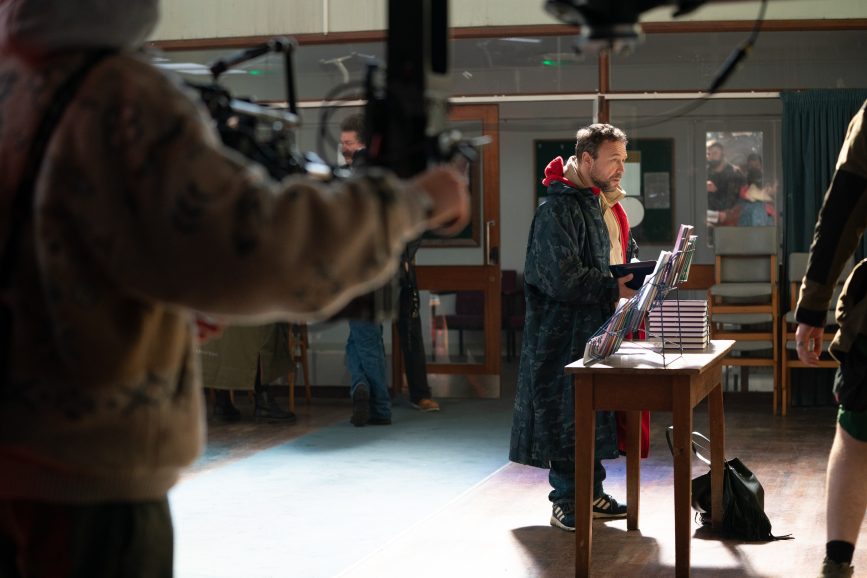
Indeed, the entire process, from the Graham-starring short that preceded the feature, has been quite the journey for all involved. “I’m also beyond grateful for the reception that the show has had,” he says. “Who’d have thought that a short film I made when I was a clapper loader, secretly moonlighting as a DP; would turn into a feature film and then a series on BBC One? I could never have predicted how this would map out, but it makes me so proud of what my fellow creators (cast and crew) have achieved.”
Achieved, served up, and, with so many doing such top-notch work, clearly – as the old kitchen-borne parlance would have it – “cooking with gas”.







